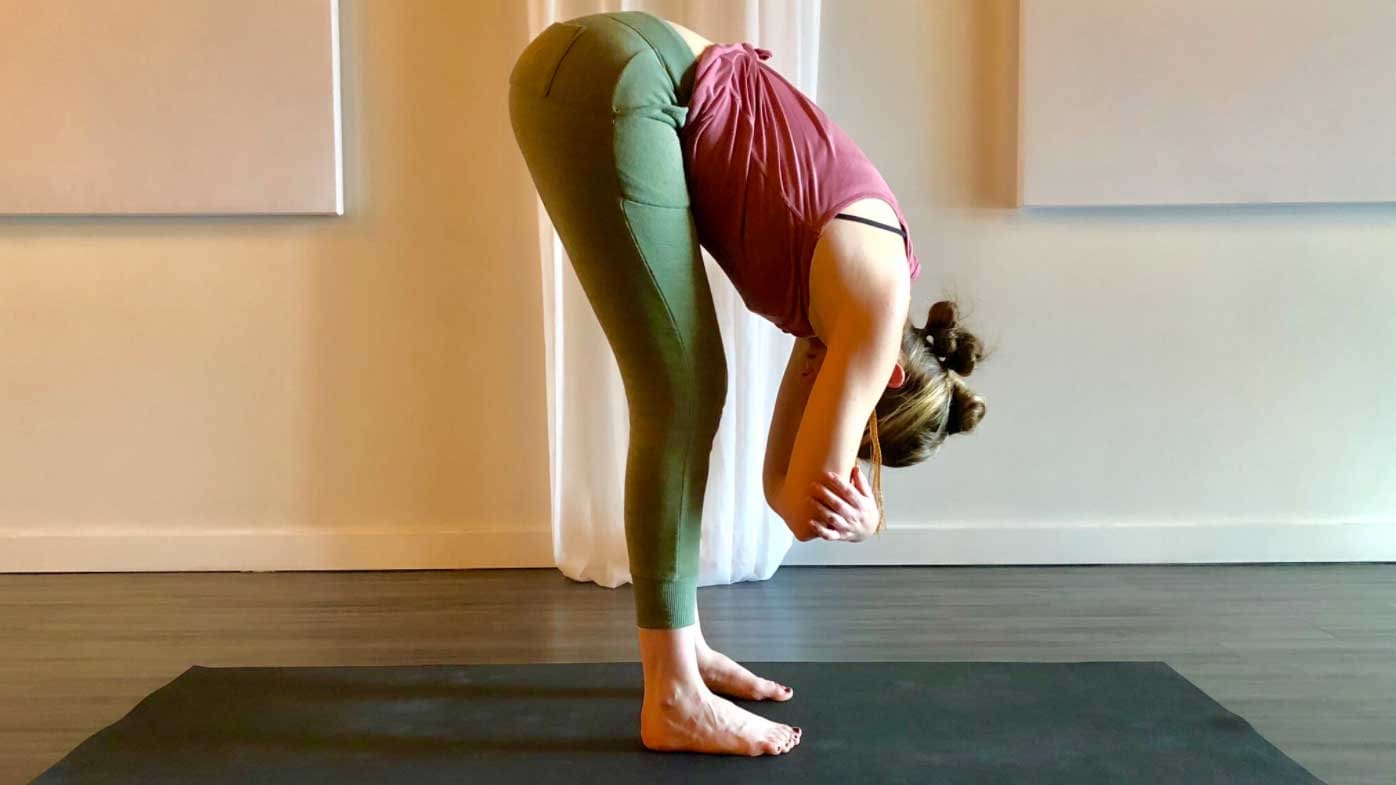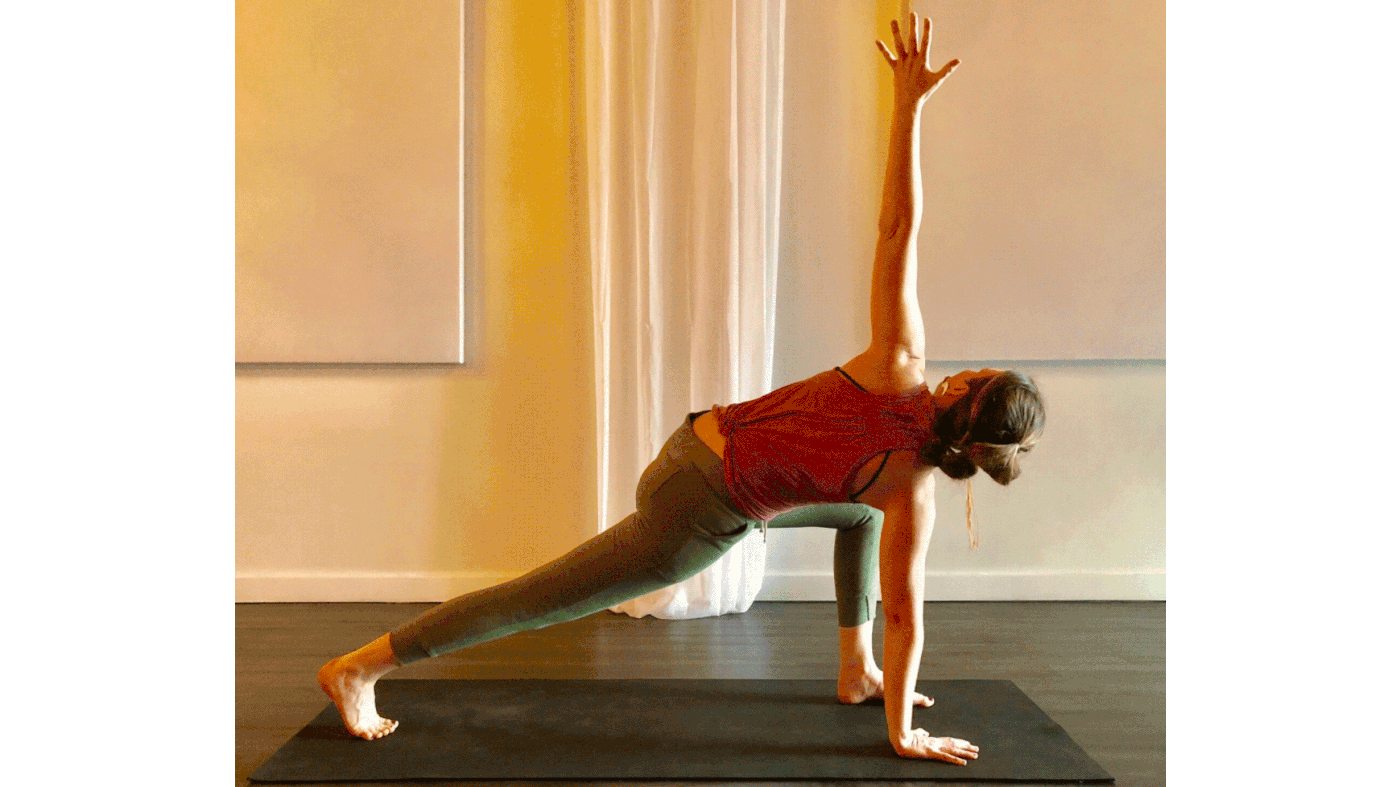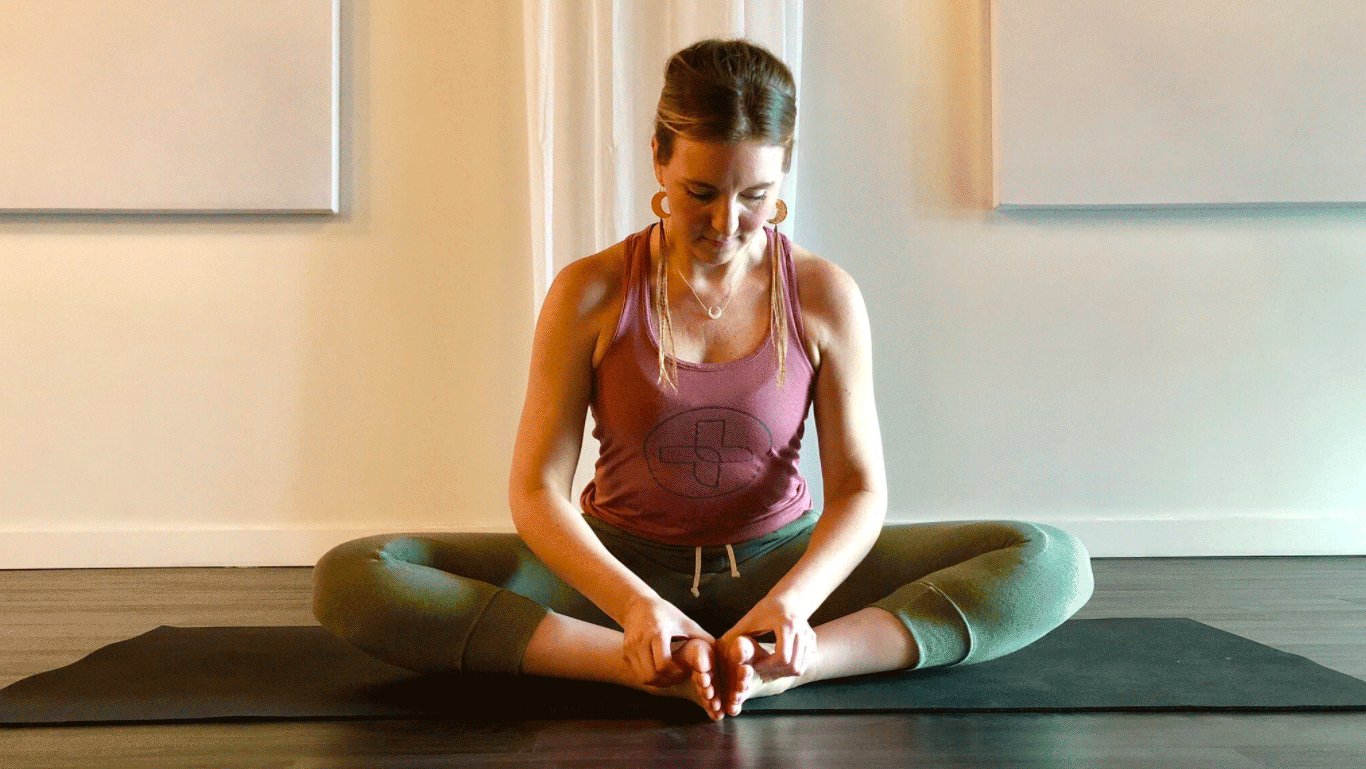Articles, Chinese Medicine, In the Press, Resources, Yoga Medicine® News
Yoga for Daylight Savings Time
Teresa Biggs, AP, DOM for Yoga Journal shares a simple flow to help relieve symptoms associated with the daylight savings time changes.
Daylight Savings Is Ending. This TCM-Inspired Sequence Will Help You Adjust to the Shorter Days With Ease
When the clocks go back an hour, there’s a good chance fatigue, fogginess, and restless energy in the evenings will set in. Here’s a flow to help your body find a new rhythm.
When we “fall back” an hour to end daylight savings time, it can be tempting to think of the time change as a boon. After all, we gain an extra hour of sleep! However, it’s important to recognize that the time change can actually be really disorienting. Whether you’re a night owl or morning person, there’s a chance the end of daylight savings time may prompt you to experience symptoms such as fogginess, fatigue, restless energy in the evenings, disrupted sleep, and irritability. The good news? You can use your yoga practice to help adjust your body’s rhythm and ease the transition.
Daylight Savings and Yoga: A TCM Perspective
In Traditional Chinese Medicine (TCM), there are 12 organ systems and each organ’s energy is what we call “active” for a 2-hour period, which gives a 24-hour clock, or cycle of energy, throughout the body.
The TCM perspective for proper bedtime is somewhere before 11 p.m., so that the liver and gallbladder energy is not disrupted. The liver and gallbladder are active from 11 p.m. to 3 a.m., and they are the Judge and General of the body and mind: The liver allows for planning and strategizing, while the gallbladder makes decisions and clear judgements. If you’re up during this time, you might impede these attributes within yourself.
When daylight savings time ends, a 10 p.m. bedtime is really an 11 p.m. bedtime, prior to the switch. So, to help our bodies adjust to this new “clock,” we will focus on yoga poses that move the energy of the liver and gallbladder channels, calm our minds, and clear any stress from our day. A stimulation of the kidneys through compression, in our last pose, will also assist the secondary system of circadian rhythm management: the adrenals. (Note, while TCM does not recognize the adrenals, we incorporate the adrenals with the kidneys in the modern view of TCM).
Before You Begin
I recommended you do this sequence two hours before your preferred bedtime (as this would correlate to an hour before your bedtime, previous to the time change). This will allow for a smoother transition in your body and mind.
Make sure the room is brightly lit, which communicates to the pineal gland to delay the secretion of melatonin and decrease sleepiness. You will need a blanket, block, and wall space.
TCM-Inspired Yoga for the End of Daylight Savings
1. Uttanasana (Standing Forward Bend)
We begin with a simple forward fold, allowing for a gentle decompression of the neck and spine. With an easy breath, begin to feel the contents of your mind drip onto the floor, disengaging from any overthinking you might be doing. Allow gravity to do the work here as you begin to relax from your day.
How-to: Place your feet hip-width apart. With a gentle bend in your knees, hinge at your hips as you fold forward, bringing your belly to your thighs. Grab opposite elbows and relax your neck. Stay here for 1 minute.
2. Flow: Twisted Low Lunge to Extended Side Angle (5 times) to Low Lunge
In this flow, we create a little heat as we stimulate the side body and gallbladder channel. We create heat to give an outlet to any restless energy, irritability, and overactivity in the mind. With the twist, we gently stimulate the liver, ensuring its other function—the free flow of energy throughout the entire body—is maintained.
How-to: Begin with your left foot forward and your left knee over your left ankle, with your right leg back and toes tucked under. Place your right hand on the floor, even with your left foot. Inhale as you open the torso and extend your left arm up; exhale as you drop your right heel, with your right arch in line with left heel. Bring your left forearm to your left thigh and extend your right arm overhead. Inhale as you bring your right hand to the floor and tuck your right toes under as your left arm extends up. Continue this for 5 repetitions. On your 6th inhalation, bring both hands to the inside of your left foot as you drop your right knee to the floor. Hold for 3 minutes, then repeat this flow on other side.
3. Baddha Konasana (Bound Angle Pose) with Acupressure
We transition into a more relaxed, yin practice to calm the nervous system and settle the mind. We will add two acupressure points to clear stress, anchor the energy of the body, and ground the consciousness in the present time (not what time it used to be).
How-to: Come to a seated position and bring the soles of your feet together as you open your knees. Inhale to extend your spine out of your pelvis; exhale as you lean your torso forward. Keep a deeper, slower breath of a 4-count inhale and 4-count exhale as you stay here. Modify by moving your feet away from your pelvis.
To add the acupressure point: Grab hold of your foot so that your thumb is in the depression just below the ball of your foot, in line with the 2nd and 3rd toe (the kidney-1 point) and your fingers grab in between your 1st and 2nd toes (the liver-3 point). Grip your fingers and thumb together to stimulate the points as you stay here for 3 minutes.
4. Figure Four at the Wall
In this posture, we will allow ourselves to relax even further as we use the assist of a wall. We’ll access the glutes and hips to counteract any sitting or standing for long periods, ultimately helping us ease into a restful state. Continue the slower breath of a 4-count inhalation and 4-count exhalation here.
How-to: Place a blanket about a foot from a wall and come to sit with the left side of your hip next to the wall. Bring your knees to your chest as you roll onto your back and onto the blanket. Bring your right foot to the wall, so that your knee is bent. Adjust the distance of your pelvis from the wall according to how your body feels. Bring your left ankle to your right thigh and stay here for 3 minutes, then repeat on the other side.
5. Viparita Karani (Legs-Up-the-Wall Pose)
We end this mini sequence with the premier pose for insomnia. This posture reverses the blood and lymph flow, calms the mind, and with the addition of a block under the sacrum, stimulates the kidneys. In the modern view of TCM, the kidneys and adrenals are combined—so by stimulating the kidneys, we are also helping the adrenals regulate to the new time.
How-to: Bring both feet to the wall and press into the wall to lift your hips. Place a block on the lowest level under your low back/sacrum. Adjust the distance of your pelvis to the wall to suit your body. Extend your legs straight up the wall and bring your awareness inside your body. Scan for any areas of gripping, then soften and release any tight spots. Begin a gentle Ujjayi breath to reset your nervous system. Stay for up to 5 minutes.

















